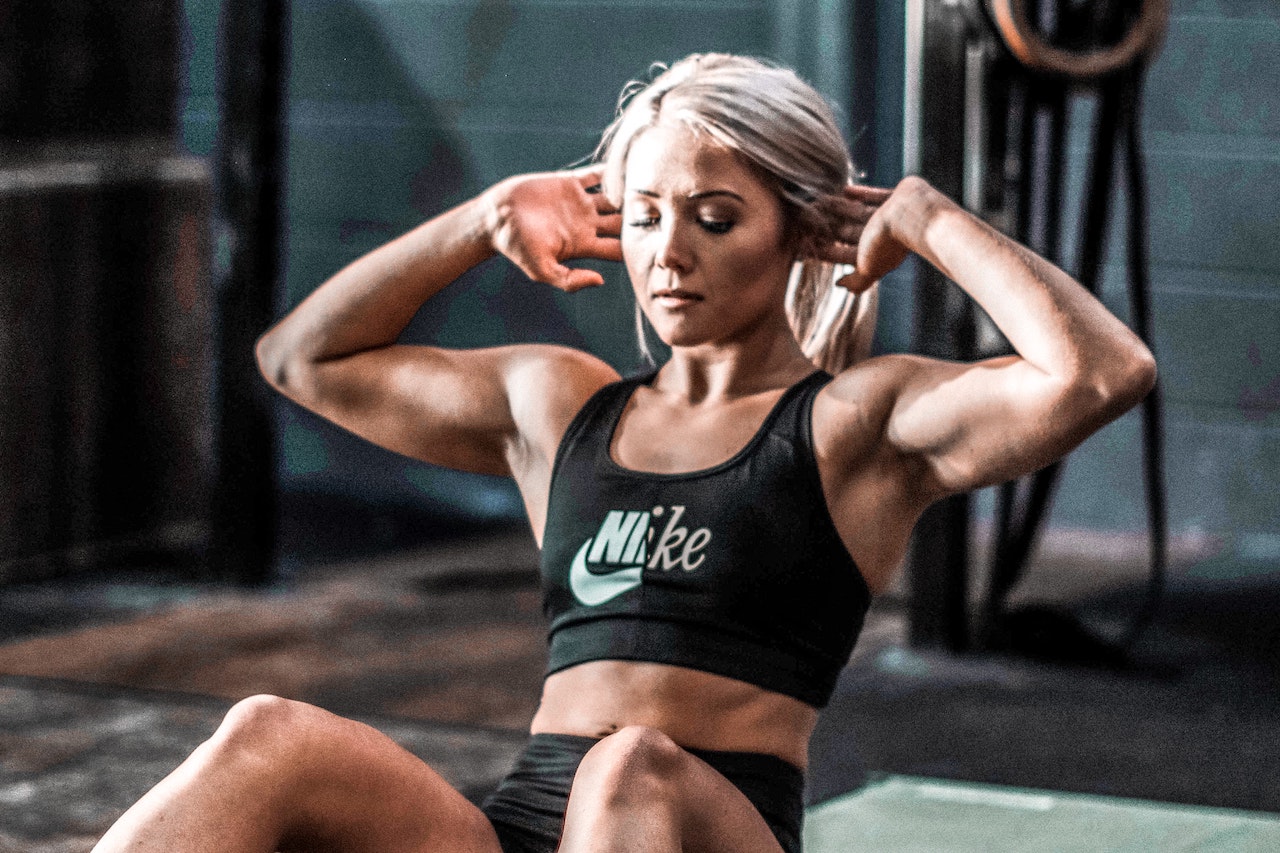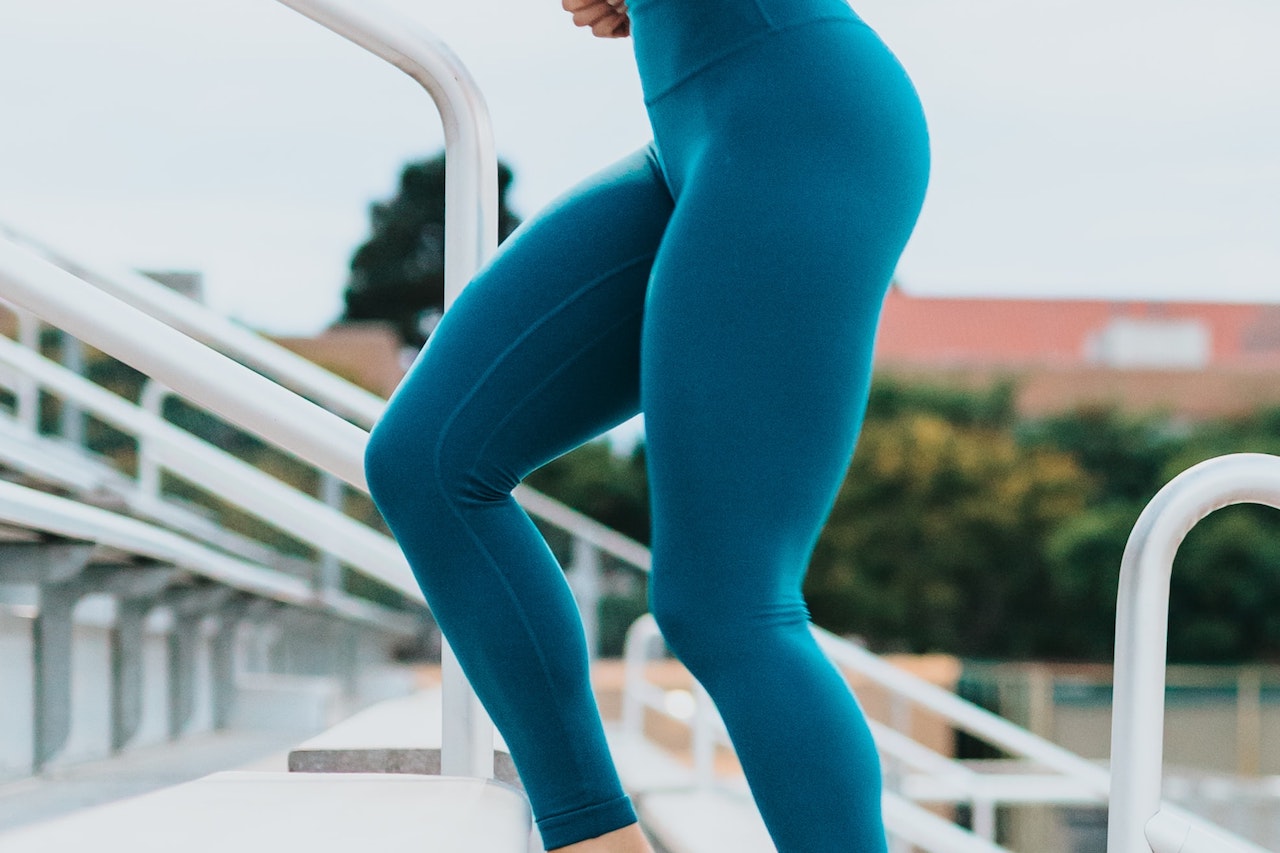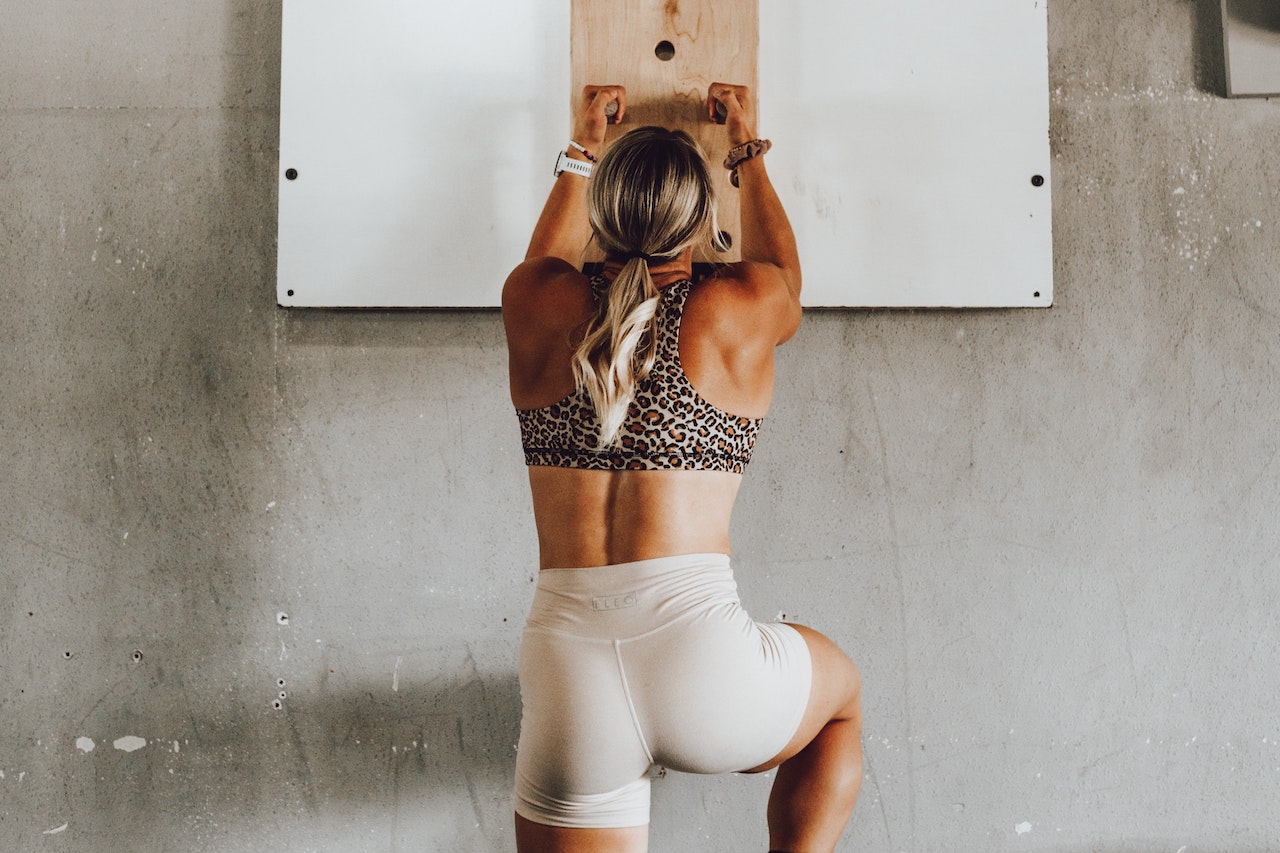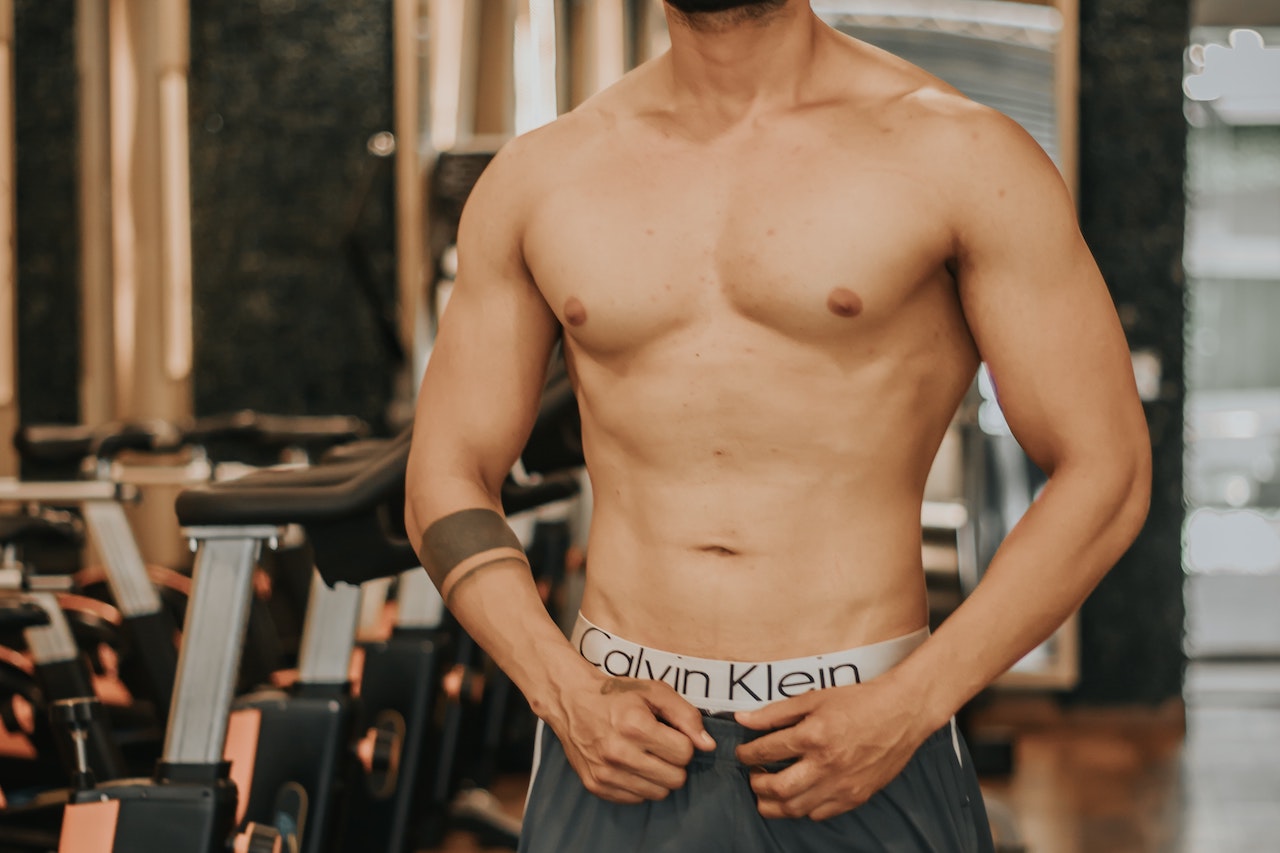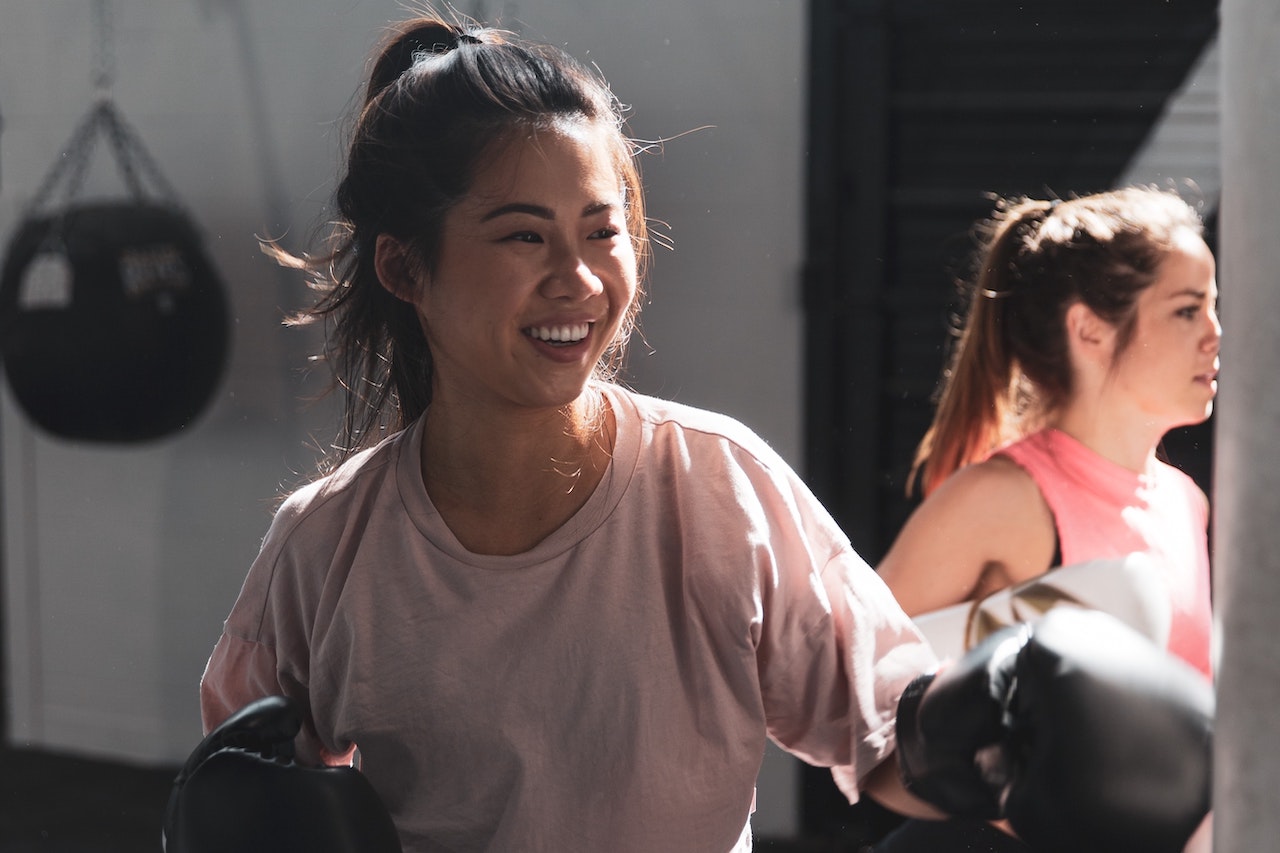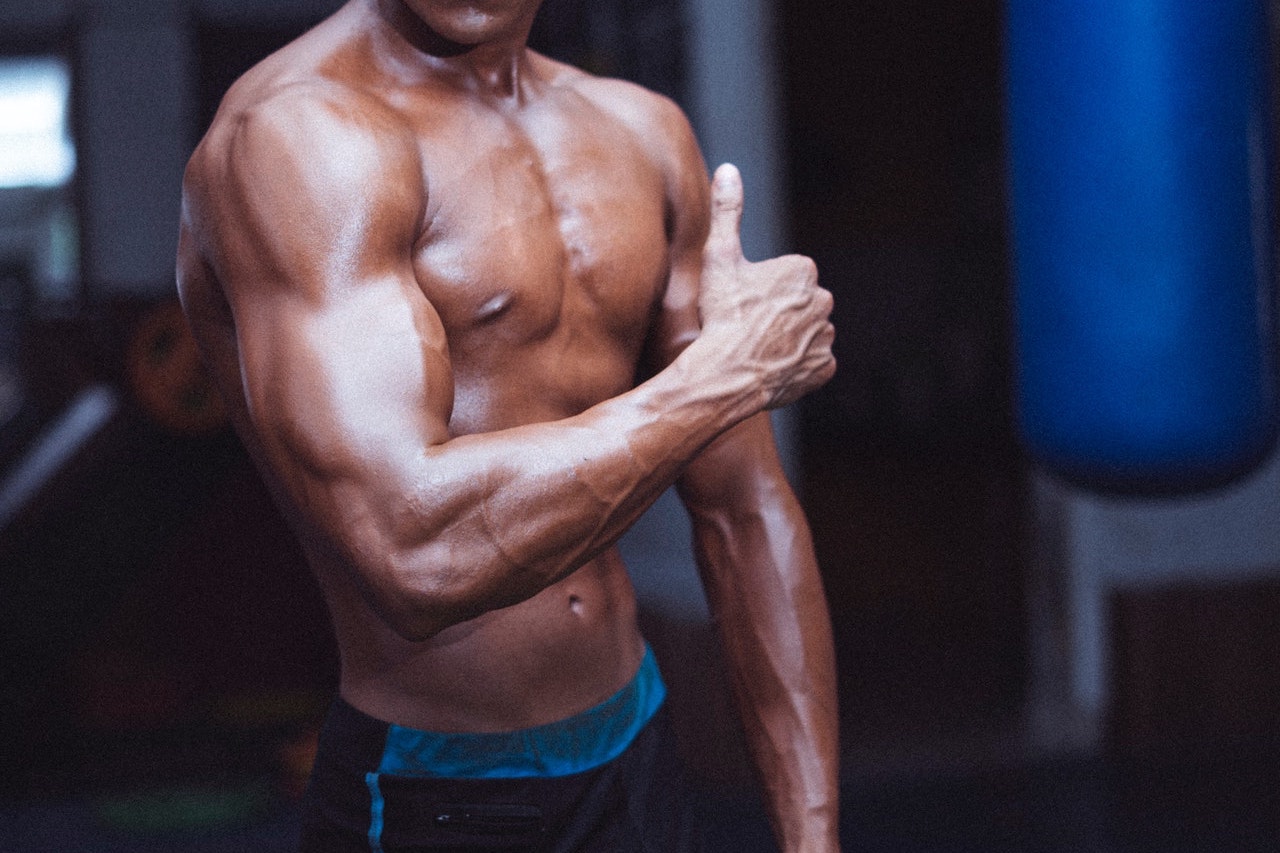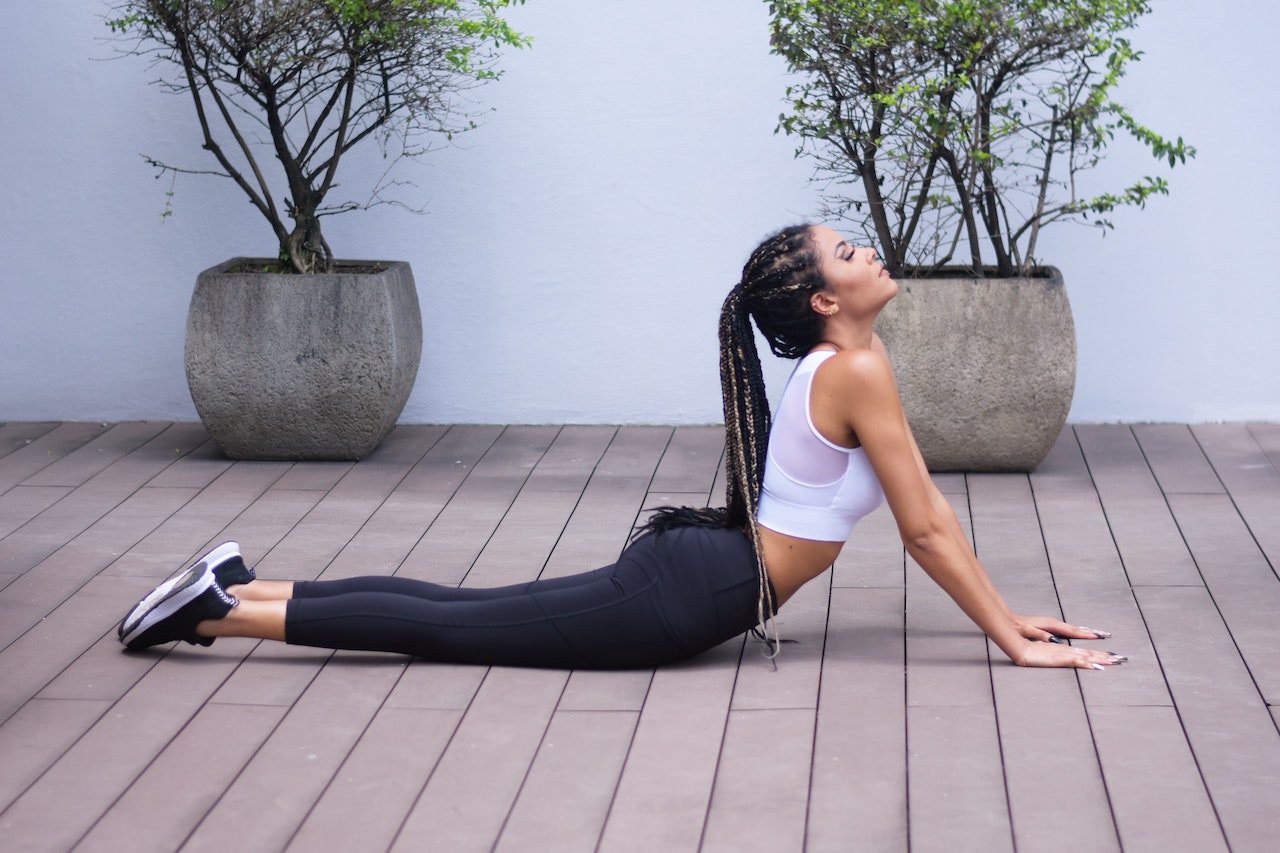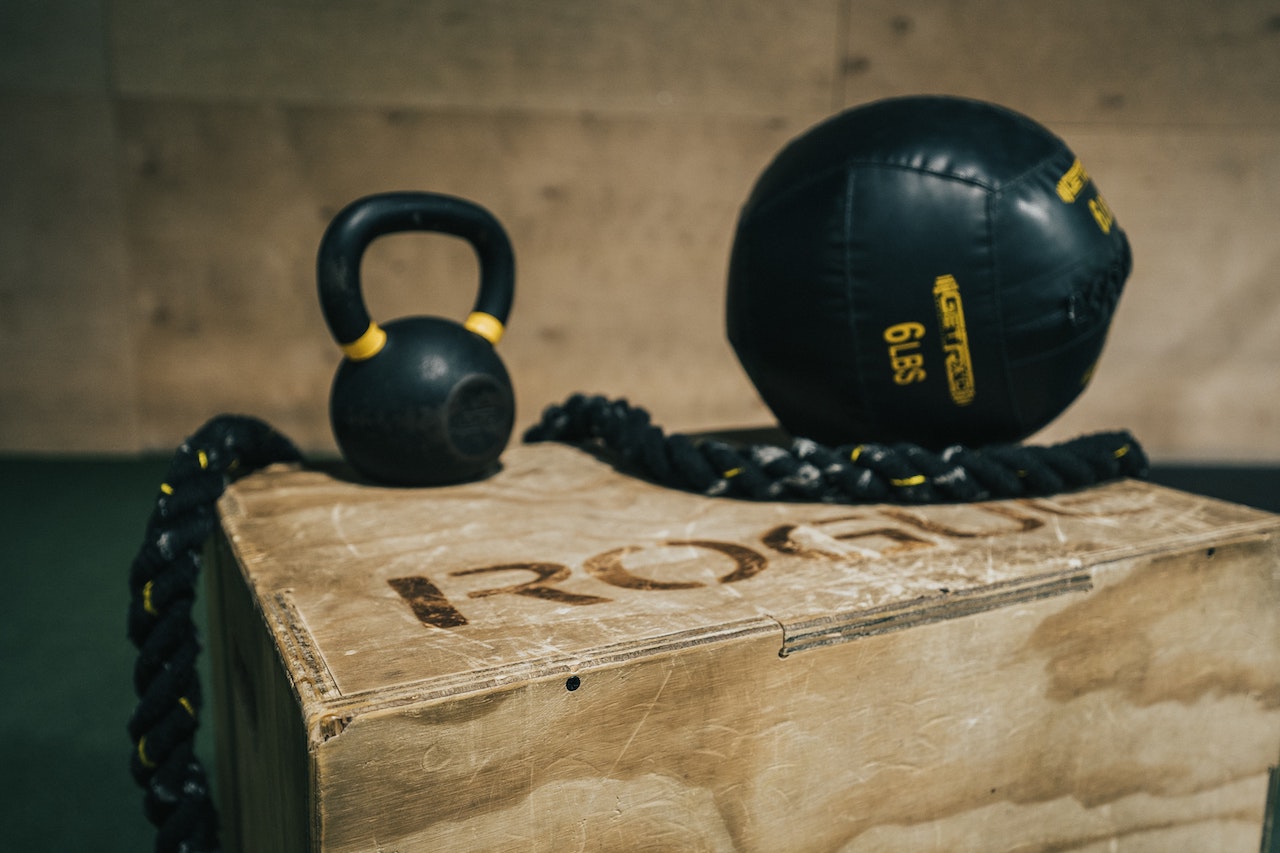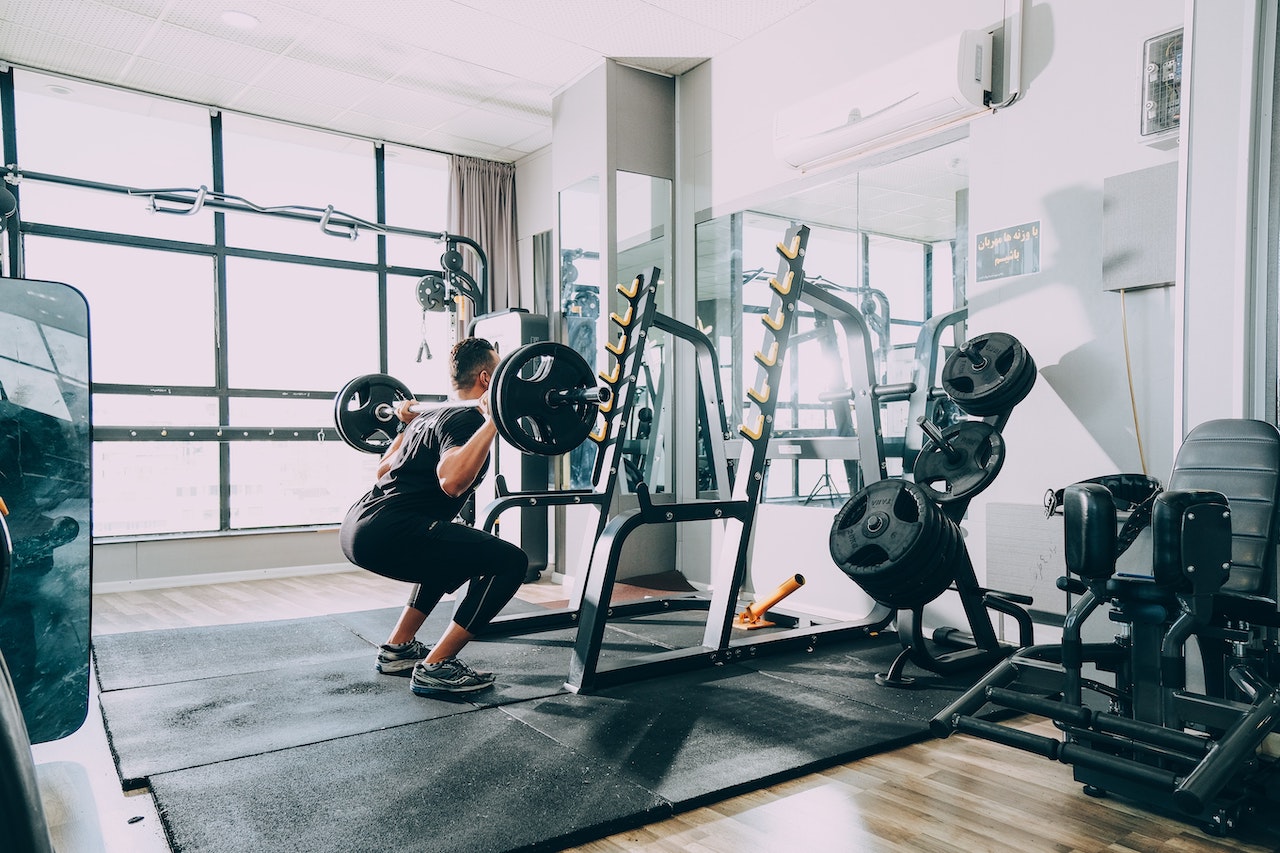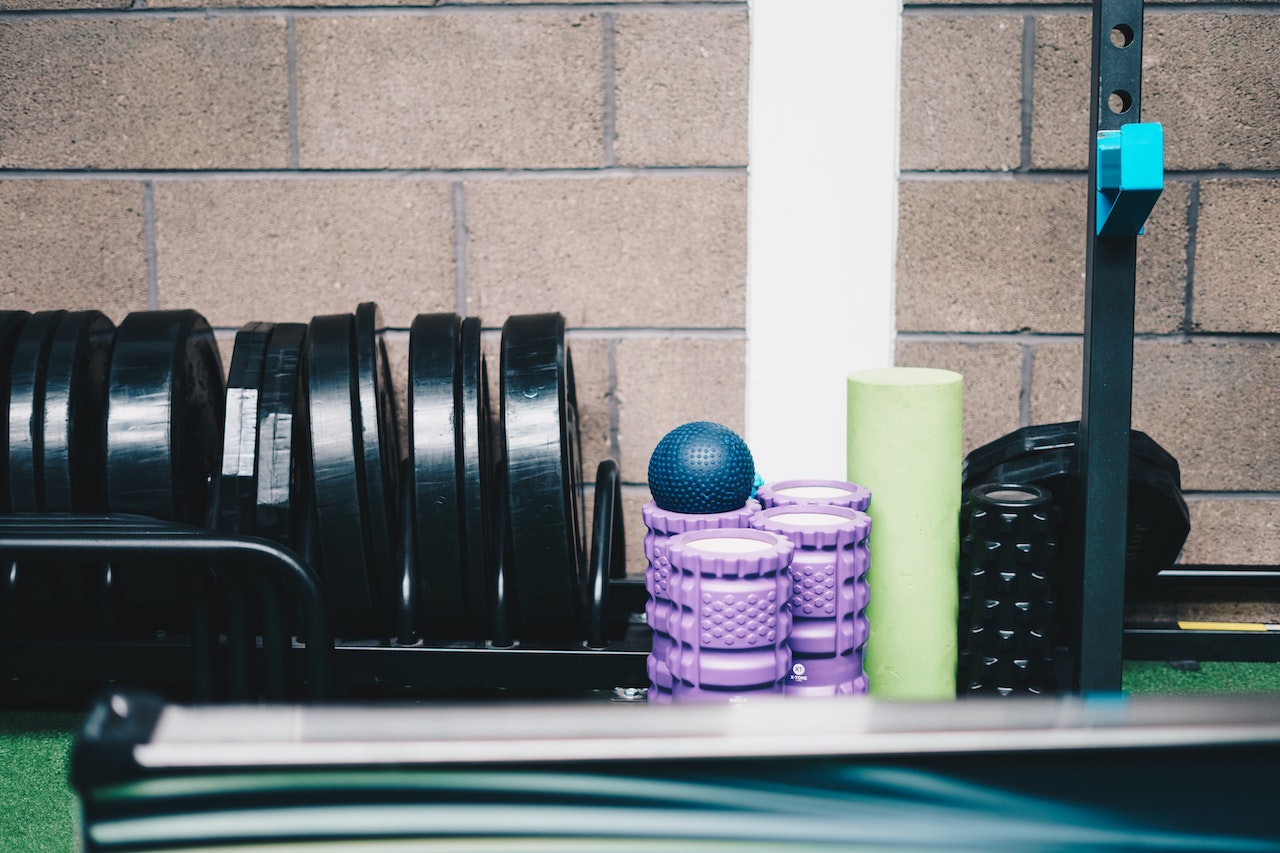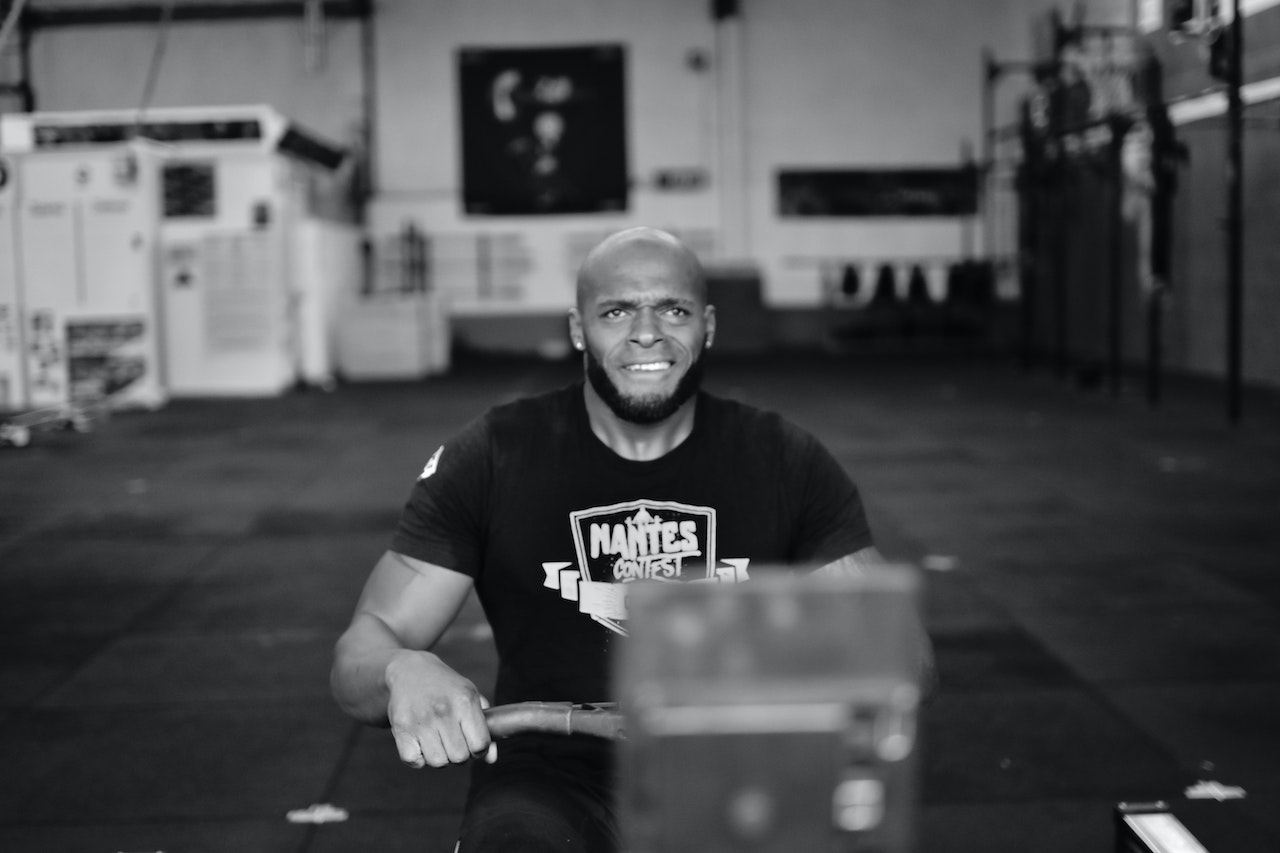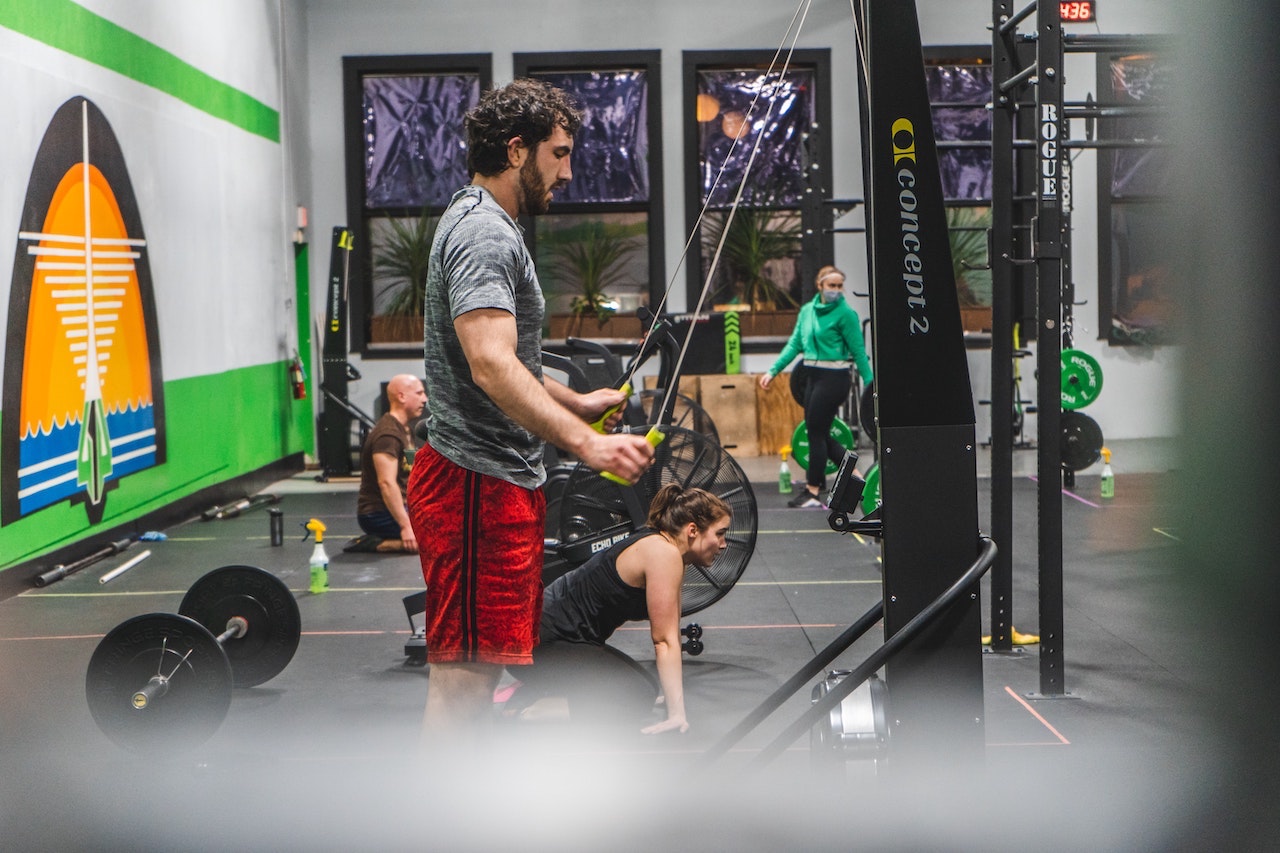leg day is a day that fitness enthusiasts both love and hate, we all know how hard it is to train our legs but love the results it brings. Legs have to be mentioned and leg day has always been defined by the deep squat. There is no other movement that works the quads, gluteus maximus, hamstrings, groin and the rest of the rear like this full body exercise. But you'd be surprised to see how many bodybuilders have terrible deep squat form.
If you look closely at the gym, you will see people doing different deep squats. As mentioned in the previous article, not everyone is suited to the deep squat, this is because everyone has different limb and torso lengths and all have unique hip socket shapes and femoral heads. This affects the way each person's hip, knee and ankle joints fold and the way the hip joints connect during the deep squat.

simply put: Everyone's body is different and therefore no one will have the perfect deep squat position. However, there are some basic rules of deep squatting that all body builders should follow.
1. For optimal deep squat depth, the thighs should squat below parallel.
2. You squat too low
3, keep the arches of your feet up and your knees straight and do not allow either side to collapse towards the midline.
4, keep the barbell and mid-foot aligned.
5. Regardless of body or barbell position, the barbell should remain over the midfoot throughout the movement to maximise the trainer's leverage and mechanics.
However, deep squats can lead to injury when lifters do not have proper deep squat position. Here we will cover some of the most common deep squat stance mistakes and problems that many trainers suffer from when squatting deep. Everyone's squat stance looks different, but we can offer these five guidelines for all bodybuilders and all deep squat variations.
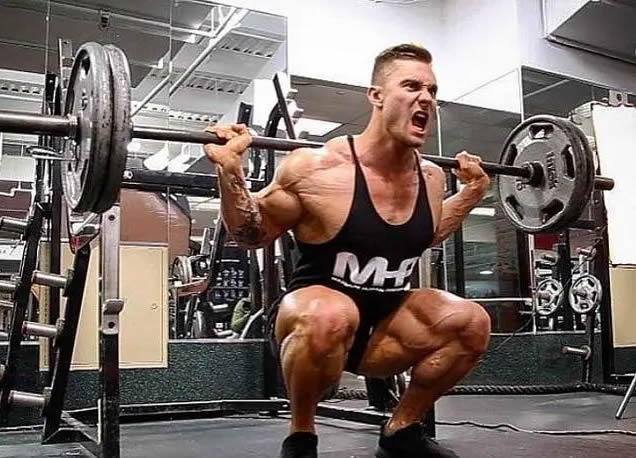
1. Wrist pain when unloading the barbell
this is something that a lot of the fitness crowd don't notice, but i mention it first and foremost because i've been hit before, and profoundly! Some trainers will feel wrist pain and discomfort in the low bar position, whereas most trainers will not feel wrist pain in the high bar position.
Deep squat position fix.
Improve mobility in your shoulders and thoracic spine. When the shoulders lack the mobility necessary to keep the barbell under the back, the wrists are compensated for by hyperextension, which can cause joint discomfort, especially when the weight starts to increase. Work on improving upper back extension for pectoral and latissimus dorsi flexibility by stretching the pectoral muscles with an elastic band, stretching the latissimus dorsi with an equipment rack, and foam rolling the thoracic spine.
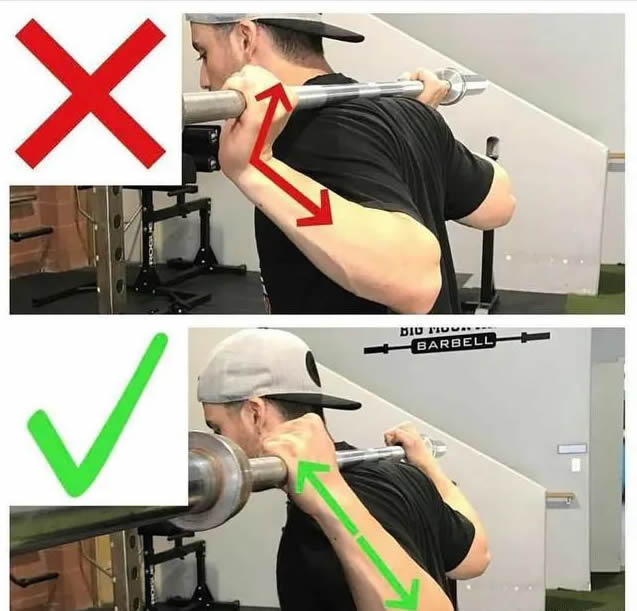
1. Use wrist guards to help improve wrist joints.
2, try using a thumbless or fingerless grip.
3. Move from a low barbell squat to a high barbell squat.
4, try a barbell that is naturally curved on the shoulders, but we have very few bars like this in our domestic gyms and i believe they will become more and more popular in the future. Due to its curve, lifters do not need to externally rotate their shoulders to an extreme position.

2. Pitching forward
the forward pitch minimises the hip angle and moves the barbell in front of the midfoot, thus shifting the weight forward. This may occur in a low barbell deep squat (where the barbell is placed lower on the back) when the lifter is trying to stay upright during a descent. As the deep squat goes up, the trainer's hips will swing back and forth and the torso will lean forward. This may occur in the high barbell deep squat when the lifter lacks ankle dorsiflexion (bending backwards) mobility.
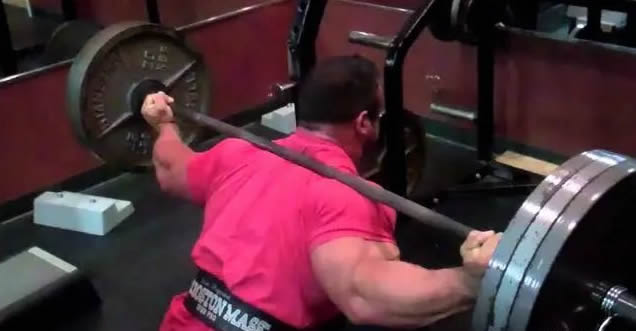
deep squat position fixes.
1. Start down by allowing yourself to lean forward from the hips. As your knees bend, your hips will move backwards. This smaller hip angle will actually keep the barbell above your midfoot and prevent your hips from popping up.
2. Try stacking a piece of barbell sheet on your heel during a high barbell squat, or buy a pair of squat shoes.
3, or slowly lighten up with the weight and focus on movement technique.
4, you can substitute a front neck barbell squat, goblet squat, double kettlebell squat or safety barbell squat.
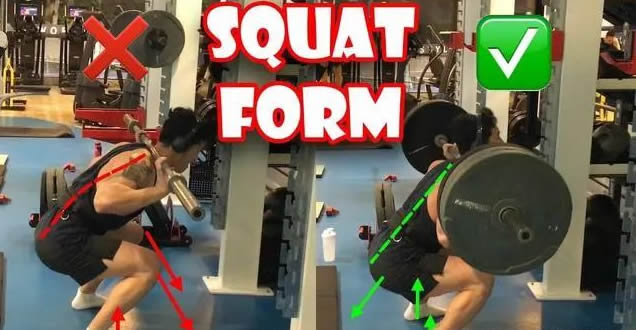
3, all weighted barbell squats will have back pain
i believe most fitness enthusiasts who practice deep squats have tried them: For some lifters, all deep squats can lead to lower back pain, both during and after training. If you have tried every variation of the deep squat without success, you could try changing your stance.
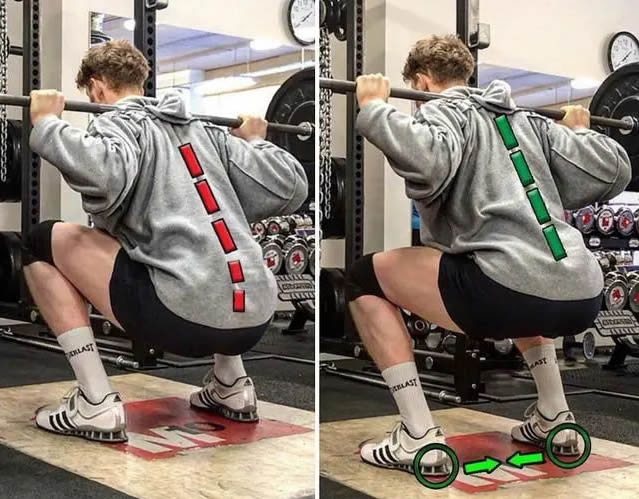
deep squat stance fixes.
1. Try a staggered standing squat position. This position eliminates the mechanical need for deep squats on both sides as it allows for one heel lift. It will take some practice to find a new balance in the movement, but this movement is very effective in increasing the depth of the deep squat.
2. Try the split leg squat or arrow squat. This movement looks like an arrow squat, but without the need to straddle forward or backwards.
3. Try the bulgarian split-leg squat or split-leg squat with the back foot elevated. The split leg squat has the same strength training effect as the barbell squat, but without the added weight on the spine.
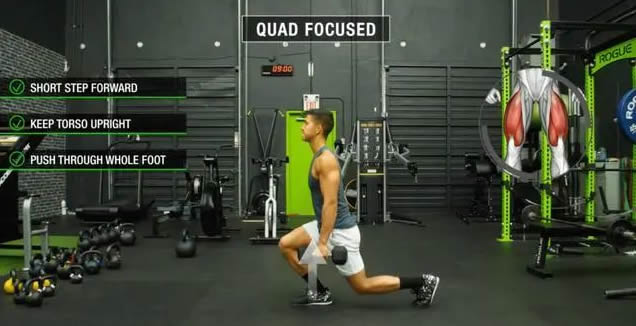
4. Lumbar flexion during the squat
this is known as the 'hip wink' and is a common problem with the deep squat and is performed by many people in the gym. As the lifter approaches the bottom of the squat, the pelvis tilts back and his lumbar spine bends, looking like a lower back flexion. This is a mechanical problem that must be avoided. Spinal flexion combined with compressive loading can cause disc injuries, joint and pelvic ligament strains and spinal injuries.
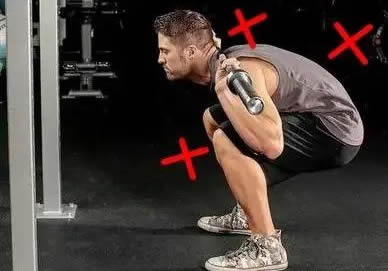
deep squat postural repairs.
1. The trainer narrows the range of motion to a point where blinking does not occur. Perhaps squatting to parallel or slightly below or above the parallel plane. You just have to try it.
2. Sometimes this problem can be solved by switching to a deep front of neck squat. The pressure on the front of the neck requires more core support from the body, which may allow the body to be stable enough to squat deep to a parallel to the floor position without problem.
3. Another option is to squat deep to the point where the blink occurs. You can use a box as a reference point, or you can pause the movement at the height of the box to remove all momentum.
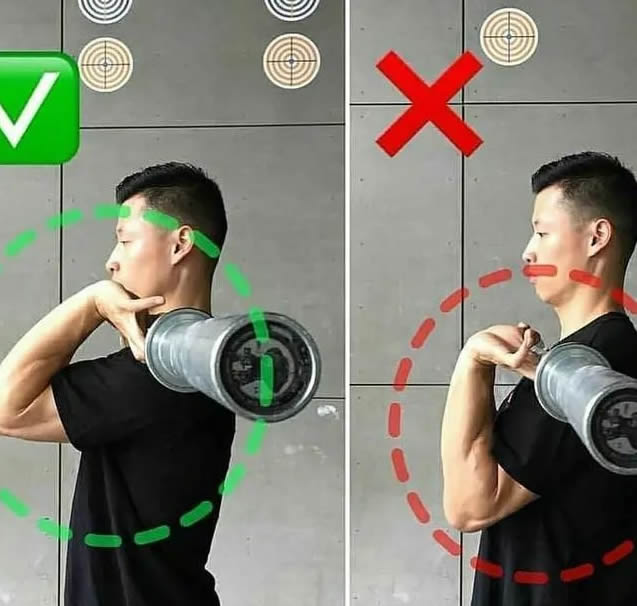
having said that, many fitness enthusiasts may still not understand this, so we suggest you find a buddy to record a training video for you and see if any of these situations occur for you.
When you learn how to squat deep to this depth without blinking, you are likely to be able to squat successfully if your squatting skills start to improve.
Remember, not everyone needs to deep squat. However, don't take the overly high deep squat position for granted and fool yourself into thinking it's a full deep squat. You should focus on positioning your thighs as close to parallel to the ground as possible at depth.
If you cannot achieve this depth you should combine a goblet squat with a shin box to help relax the hip joint.
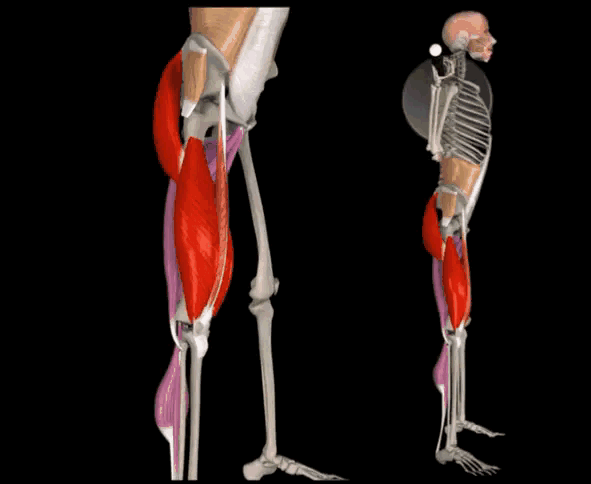
5. Learning the deep squat pattern
obviously, the deep squat is a complex movement that requires many exercises and many sessions of learning the correct movements to make improvements. It requires good biomechanics, body awareness and coordination to perform correctly. Many training routines require all gym goers to deep squat, but many do not have a coach or can only learn on their own.
This can lead to injury, especially if large weights are preferred. We recommend learning the depth movements before the deep back of the neck squat. It is much easier to start with the goblet depth. Like the split leg squat, the goblet depth squat is not as appealing and does not get the recognition it deserves.
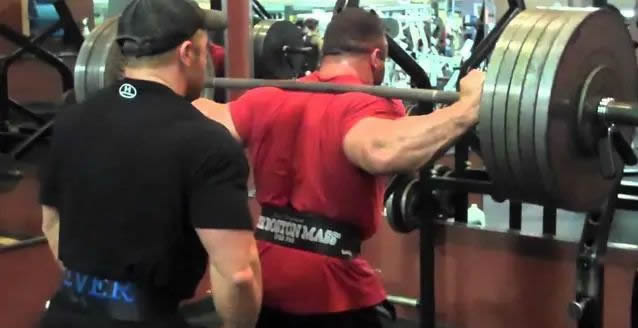
the nature of the movement of the front neck squat forces the gym goer to squat to the bottom, which can strengthen the supporting abs, a skill that the movement itself should have. Finally, many new gym goers may sacrifice depth for fear of falling backwards. The goblet squat helps overcome this fear and teaches them to maintain balance while squatting deep. The deep squat is really a learning curve and it's not easy to learn. Many fitness enthusiasts take it one step at a time, communicate more and ask for advice, and you'll slowly get better.

